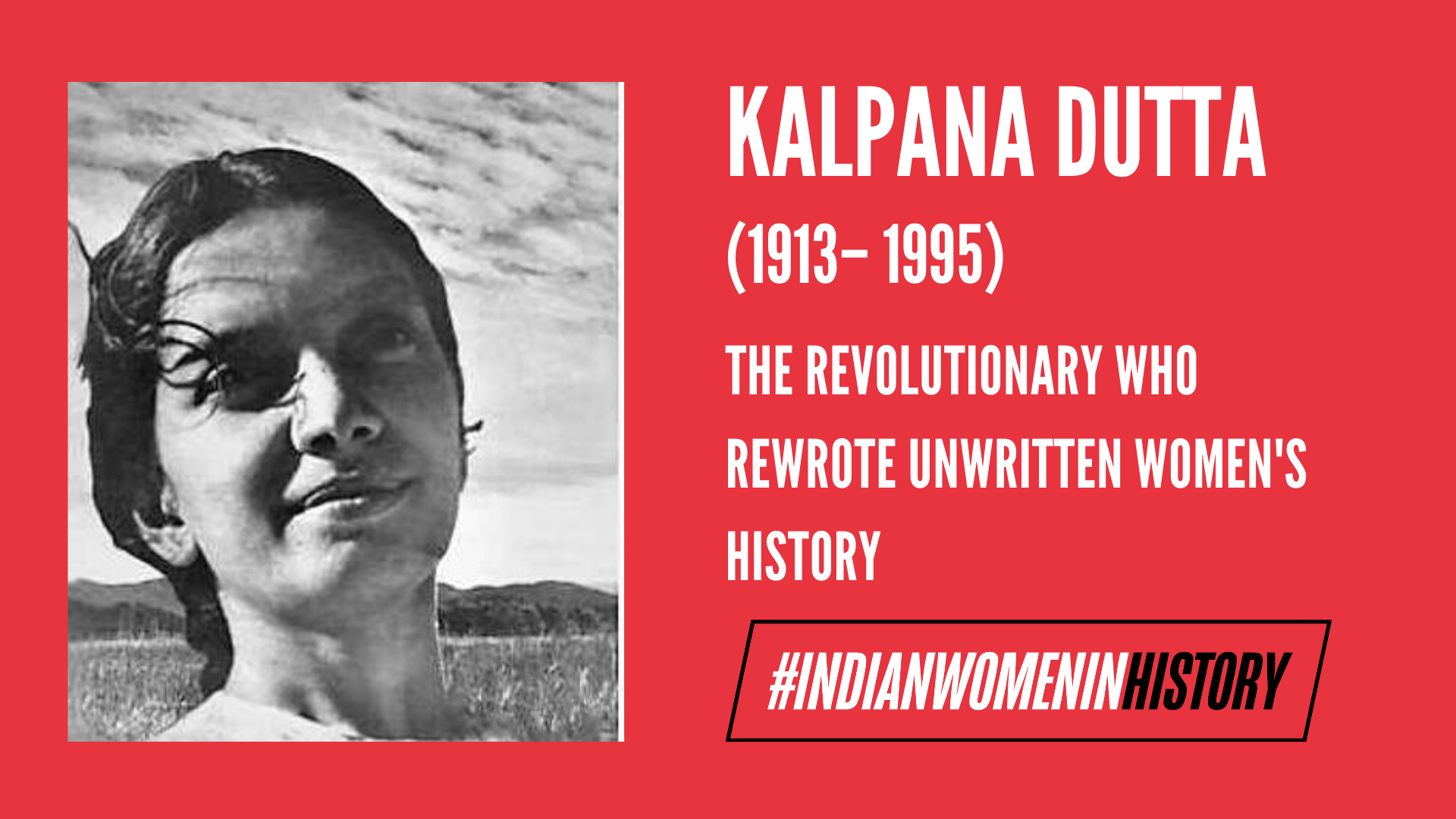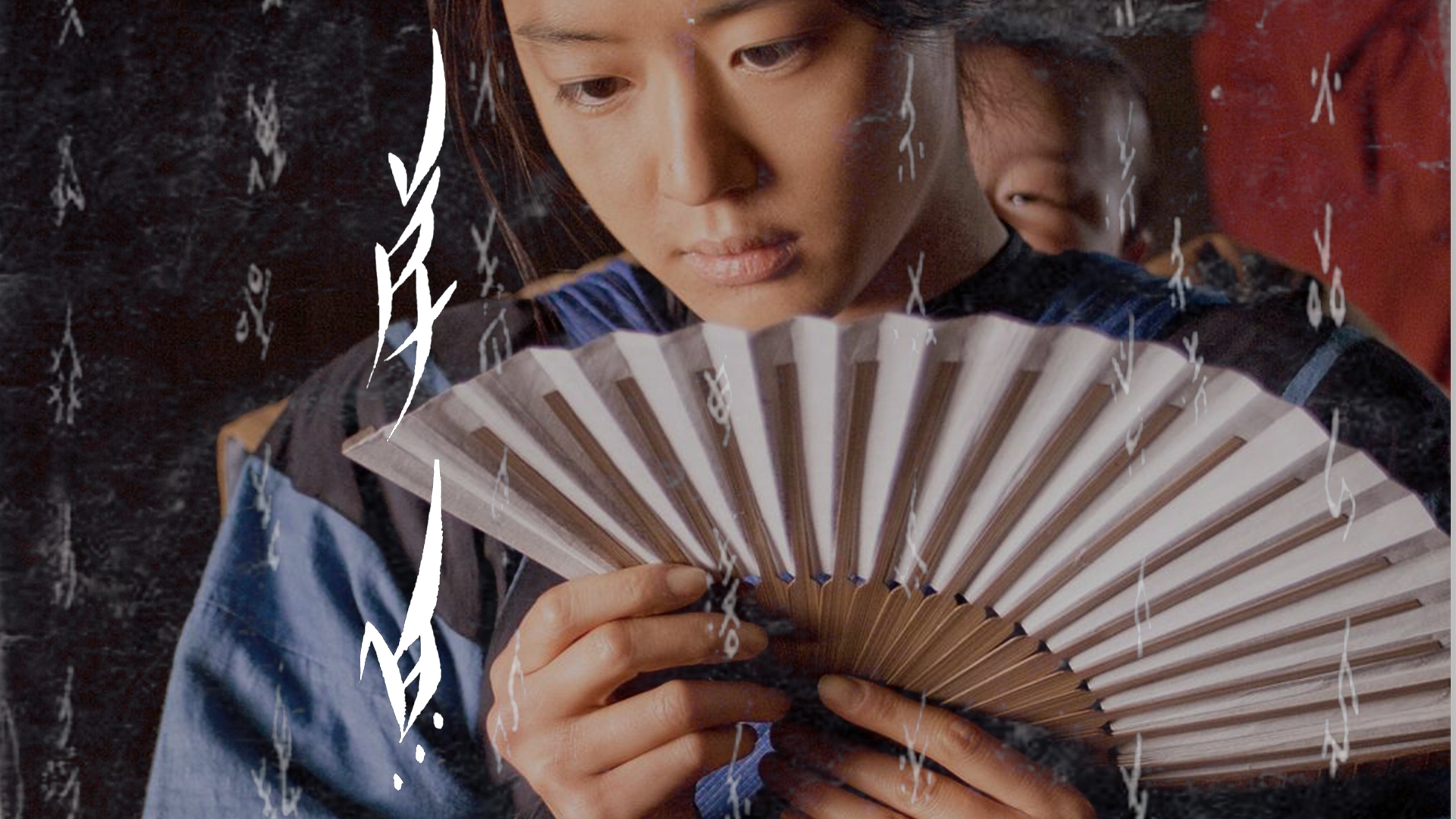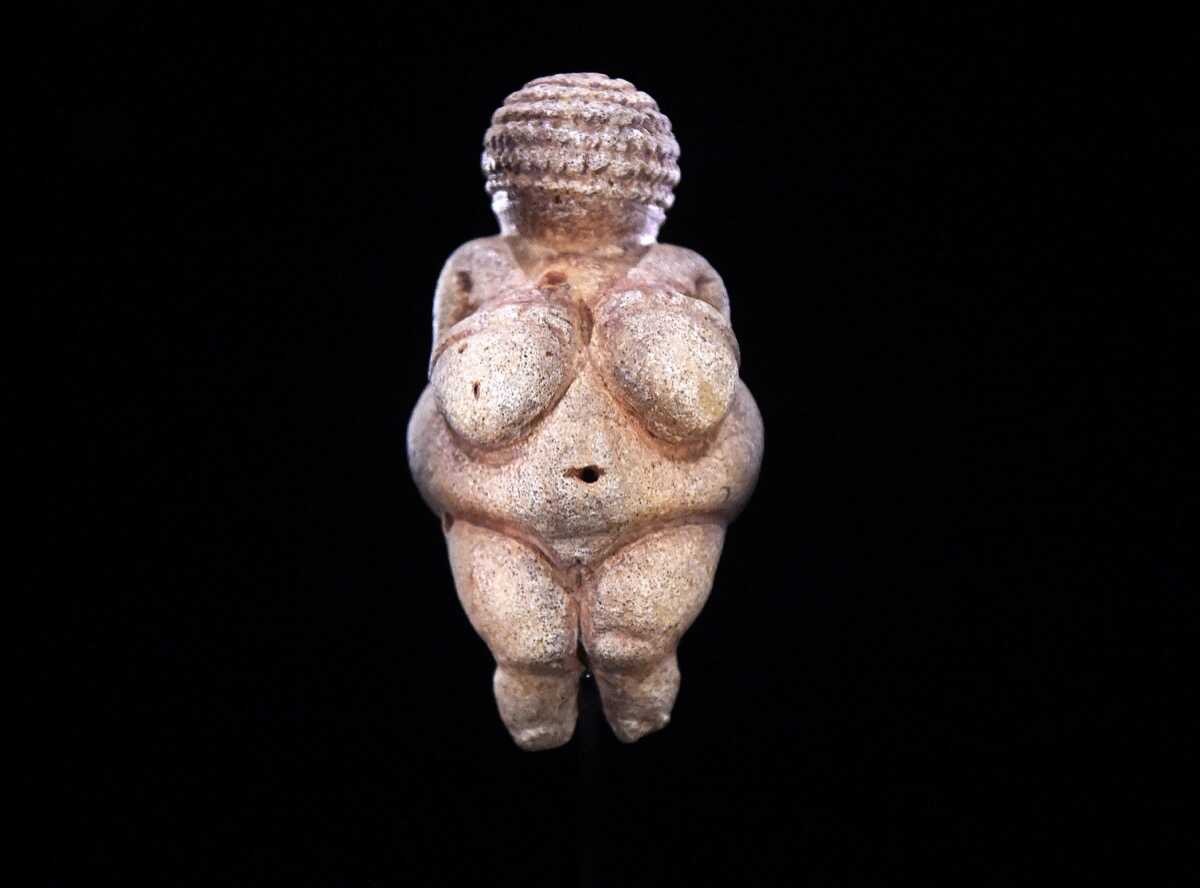Towards the late 20th century, when the whole discourse on nation and women was being revisited, the spheres of the private and the public too got rejuvenated. Partha Chatterjee in his Nationalist Resolution of Women’s Question, argued that in the course of modernization, the Indian man embraced the knowledge of western science but at the same time he was faced with a deep seated anxiety as to how to maintain the purity of the Indian tradition. The anxiety was made to be embodied by women in the Indian middle class that restricted their place in the household. The spiritual inner world was constructed, that was symbolised by the urban middle class women vis-a-vis the material outer world. In the turbulent times of 1930s, when Gandhiji brought passive resistance to India, a young Kalpana Dutta met him at the Alipore Jail in Calcutta while her trail was on. It was also at the same time when guerrilla warfare was introduced by Master Da Surya Sen in the heart of Chittagong.
The overarching idea that the revolutionary (male) shall steer clear from women and that women wouldn’t be fit enough to join the guerrilla was continually challenged by the erstwhile women revolutionaries. Kalpana Dutta was one of such women who not only took up arms but also gave the historic event a written memoir. Memory itself stands as resistance to the oppressive present, and provides testimony to the politics of the public and the private and their subsequent enmeshing.
Early Life
Kalpana Dutta was born at Sripur in 1913, a village in Chittagong district of erstwhile Bengal Province. Kalpana in her memoir had written about how different her family had been during the Swadeshi movement when households like Preetilata Waddedar’s, had embraced the khadi. She belonged to the middle class household where her family would still use the foreign cloth and other non indigenous essentials. Kalpana after passing her matriculation in 1929, went to Calcutta and joined the Bethune College to study science.
The overarching idea that the revolutionary (male) shall steer clear from women and that women wouldn’t be fit enough to join the guerrilla was continually challenged by the erstwhile women revolutionaries. Kalpana Dutta was one of such women who not only took up arms but also gave the historic event a written memoir.
It was at this time that she was introduced to the Chatri Sangha, the women’s revolutionary youth wing, where she met Preetilata Waddedar and Bina Das, the firebrand revolutionaries. It was with Preeti that she shared her childhood dreams and the two would be often confused whether to become scientists or revolutionaries. It was in 1930 that the Chittagong Armoury Raid was carried out and, in 1931, Kalpana Dutta joined the Indian Republican Army, Chittagong Branch.
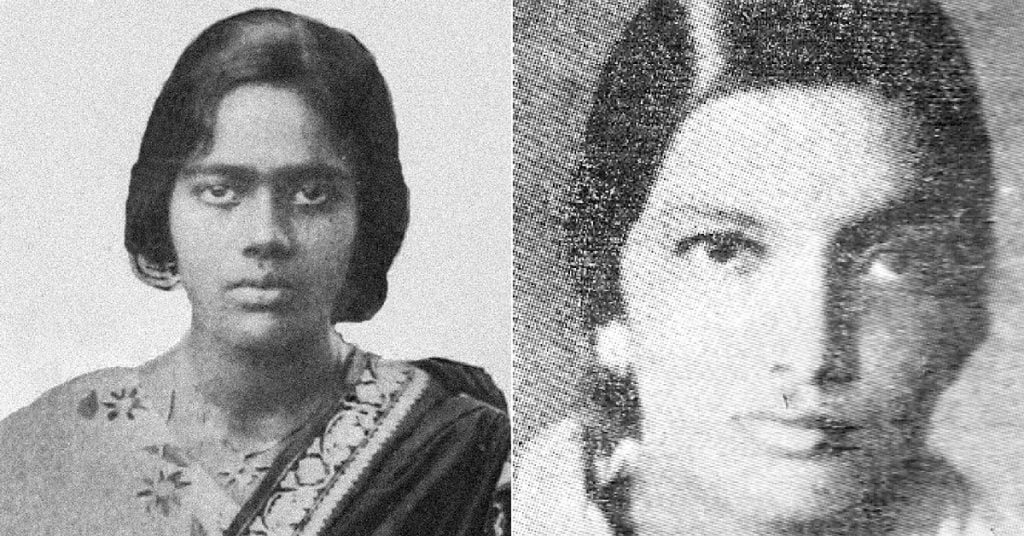
It was the same year that she met Masterda at late hours of the night and she describes him in the following lines saying, ‘He was a smallish short man, very reserved. Nobody would guess that this man was the daring ‘King of Chittagong’.‘ The young Kalpana was dearly impressed and inspired by Surya Sen and it wasn’t long that she started interning as an amateur under his leadership.
Her Association With Fellow Comrades And The Freedom Movement
Kalpana Dutta vividly described her experiences; from learning the techniques of guerrilla warfare to going underground to spending years as a political prisoner. At every event that she had been witness to, her identity as a woman, armed freedom activist got reiterated and at every step she actively broke the gendered perspective of armed activism. Her recollection of the Gairola army encounter had been exceptionally revealing of her ability as an armed activist.
She along with her comrade Mani Dutt, mustered the hiding techniques; ‘lecturer’ as the latter came to be known as, along with Dutt drowned themselves for hours under the tank with only their noses to the surface of the water while British soldiers kept firing. Dutt recalls ‘I found out later that he had never been taught to crawl as part of military exercise, but worked out as an excellent system under stress of necessity…I had started revolutionary work earlier than he but where I asked myself he had acquired such amazing resourcefulness and robust commonsense…’.
Kalpana Dutta vividly described her experiences; from learning the techniques of guerrilla warfare to going underground to spending years as a political prisoner. At every event that she had been witness to, her identity as a woman, armed freedom activist got reiterated and at every step she actively broke the gendered perspective of armed activism.
It was through Anant Singh that she mustered the technique of making gun cotton at the age of 17. It was also Anant Singh who after being witness to Dutta’s relentless efforts stated, ‘I had a wrong idea about the worth of women in revolutionary work. They should forgive me for my mistake’. It took several women to break the ‘iron rule’ of revolutionary activity that Surya Sen appointed Preetilata Waddedar to lead the attack on the the Pahartali European Railway Officer’s Club where she was accompanied by only seven young boys. It was during this attack that Preeti committed suicide to avert police atrocities and she became a household name across the nation. Dutta often used to take on male attire while being underground to avoid getting caught.
Also read: Rudrama Devi: The Queen Who Wore A King’s Image | #IndianWomenInHistory
History had most of the time mentioned women as only being an accomplice of the man. Women were only mentioned in the passing as being witness to history. The politics of language had however been challenged by feminist writings and Dutta’s account is a glaring example of the various events and personalities that had been equal contributors to history. She talks about the various lives that were anonymously sacrificed, lives of young boys who would be ready to take a bullet to avenge the arrest of the revolutionaries. She also talks about some of the women that she came to work with throughout her political career.
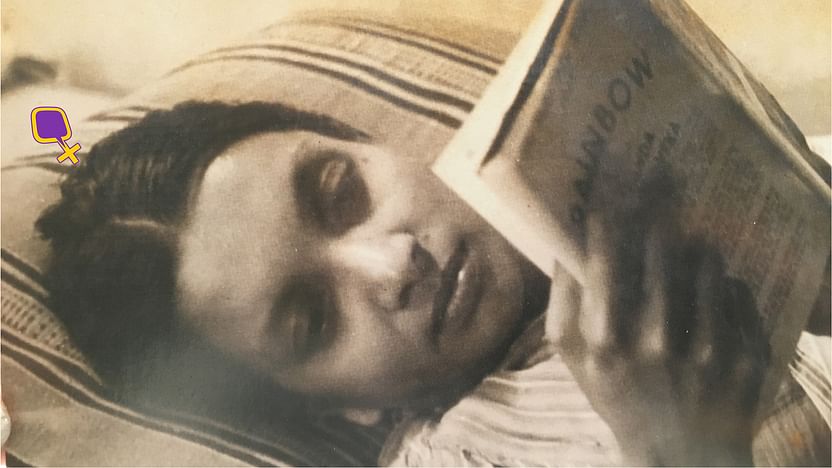
The women who had occasionally provided shelter to the revolutionaries were arrested and brutalised. They would be given four years of rigorous imprisonment. The death of Preeti however affected Dutta the most. Dutta was supposed to accompany her in the attack but as she was under observation by the police she had to stay home. The police visited her parents and complained that how a quite girl like her could be a part of a terror outfit and that she was lucky to have been alive. Her cause was taken up by Rabindranath Tagore who readily arranged for her release from the prison.
Communism, Caste And Gender
Kalpana Dutta actively defied the labels that were put on her. It was in 1933 during the Second Supplementary Trial that she was arrested and was sent to the Hijli Jail in Division 2, meant for women political workers. It was here that she met Bina Das who was arrested for attempted murder of Bengal’s governor at Calcutta University. Dutta had been exposed to communism during her 6 years imprisonment. And this served as turning point in her political orientation. Her extensive readings on Marx and Lenin, enabled her to critically view her political positions.

She was released in 1939. In her memoirs, she states, ‘Communism is the true spirit of patriotism’. In the context of Japanese Aggression, Kalpana Dutta viewed the mobilization of the bhadralok, women and kisans to ensure ultimate freedom. She understood the importance of caste in garnering state wide support against capitalist aggression and the regional ‘hoarders’ who tormented the lives of the downtrodden. The malis, telis and so on who were considered ‘untouchables’ were also actively involved in the struggle against capitalist accumulation.
Political freedom was no more the sole objective of the struggle but empowering the masses to challenge oppression was. Where terrorism focused mainly on individual liberation, communism observed Dutta would organise the society. Women were mobilised for reclaiming their spaces and to protect themselves. The middle class, realised Dutta, wasn’t reliable in this struggle as they were actively collaborating with the hoarders.
Also read: Durga Devi: The Revolutionary Who Led Bhagat Singh To Freedom | #IndianWomenInHistory
Towards the end of her political career, she contested from Chittagong as part of the Bengal Legislative Assembly from the CP(I)M in 1946, but could not win. She later joined the Indian Statistical Institute where she worked till her retirement. She continues to be an inspiration through her work and her writings and is known as Agnikanya of Bengal as Master Da used to call her. She breathed her last in 1995 in Kolkata.
References
About the author(s)
I am a student of sociology and gender studies. I did my masters in sociology at Delhi School of Economics. However my interest in gender studies had intrigued me to take up this course seriously. Currently I am enrolled for masters at Ambedkar University Delhi. My interest areas lie in researching on the epistemology of protest, nationalism, queerness , the sociology of the family, student politics, work, body and labour. I aspire to write more and bring my insights closer to activism. Intersectional understanding for me had helped me become a better political individual.
